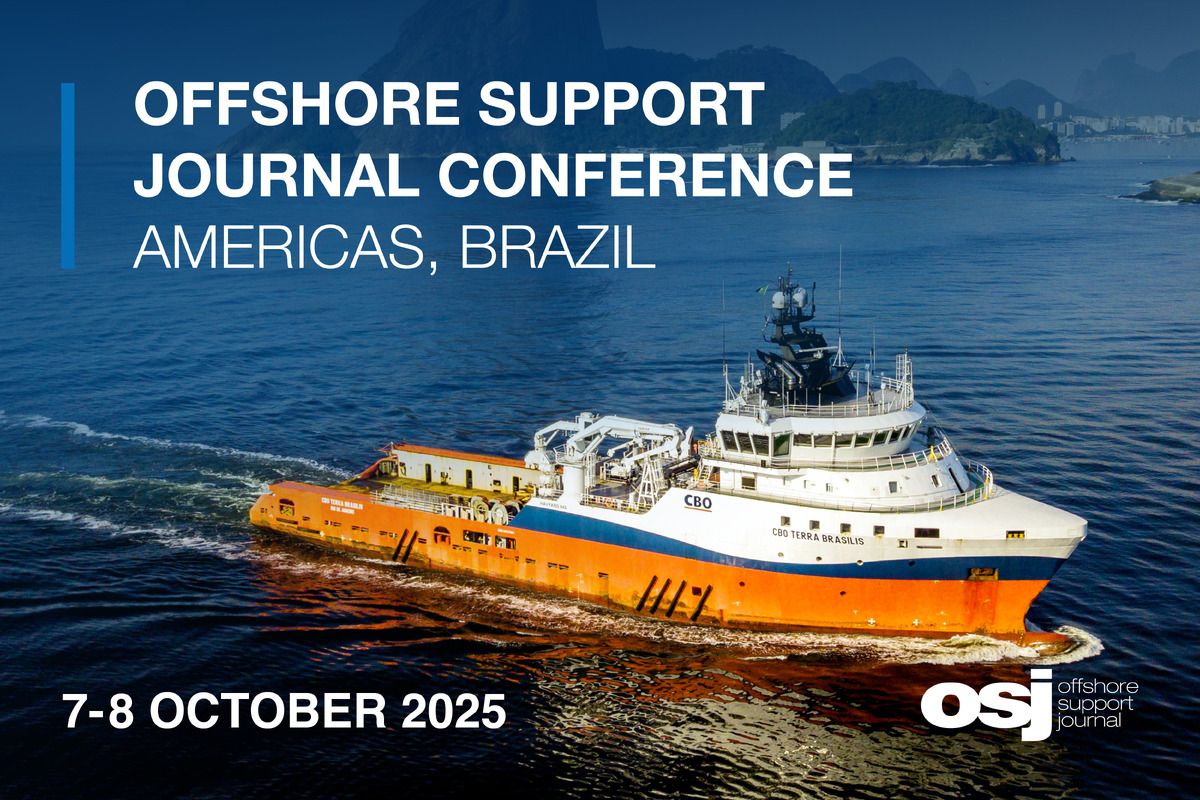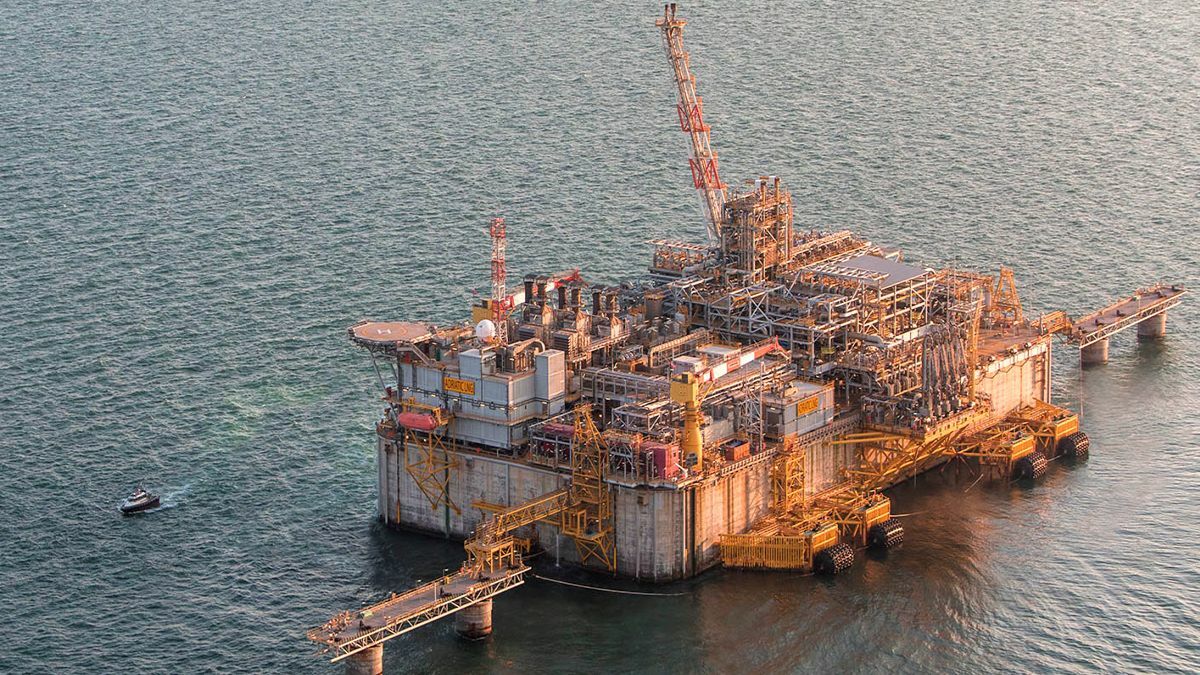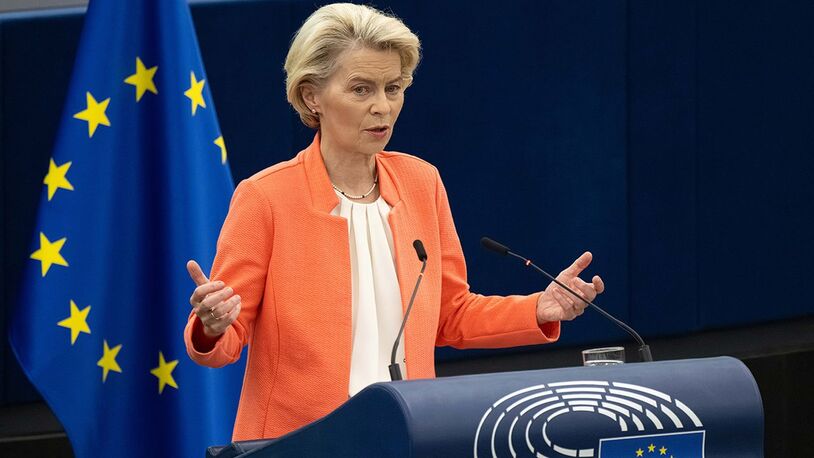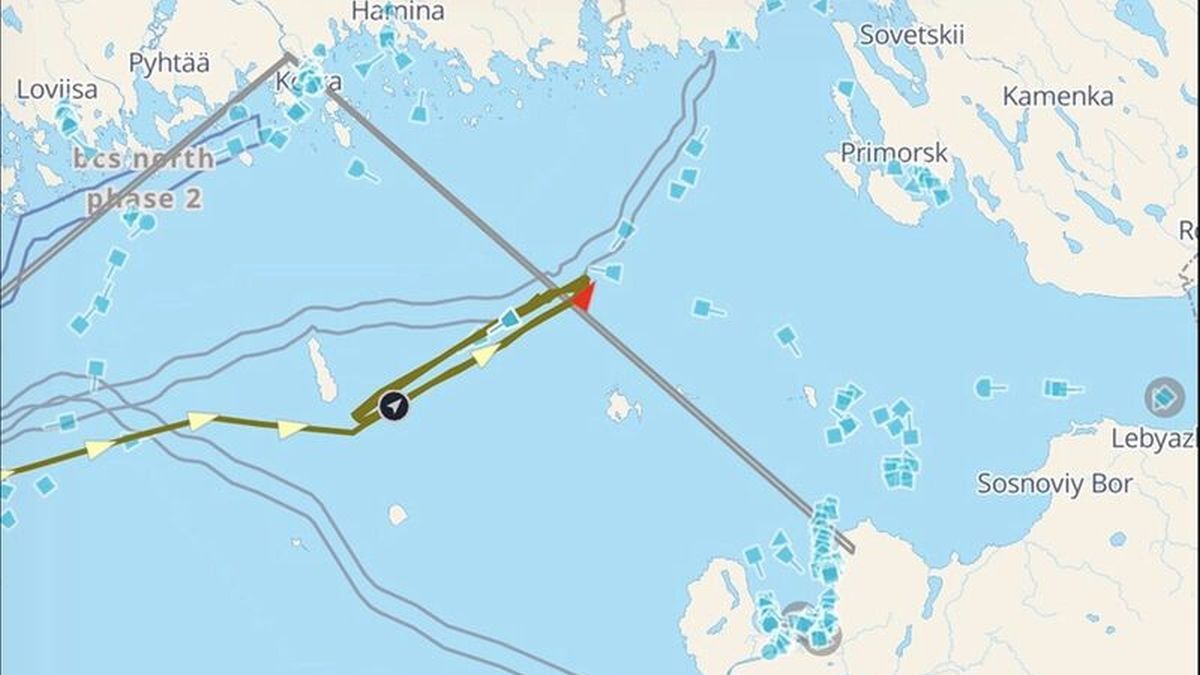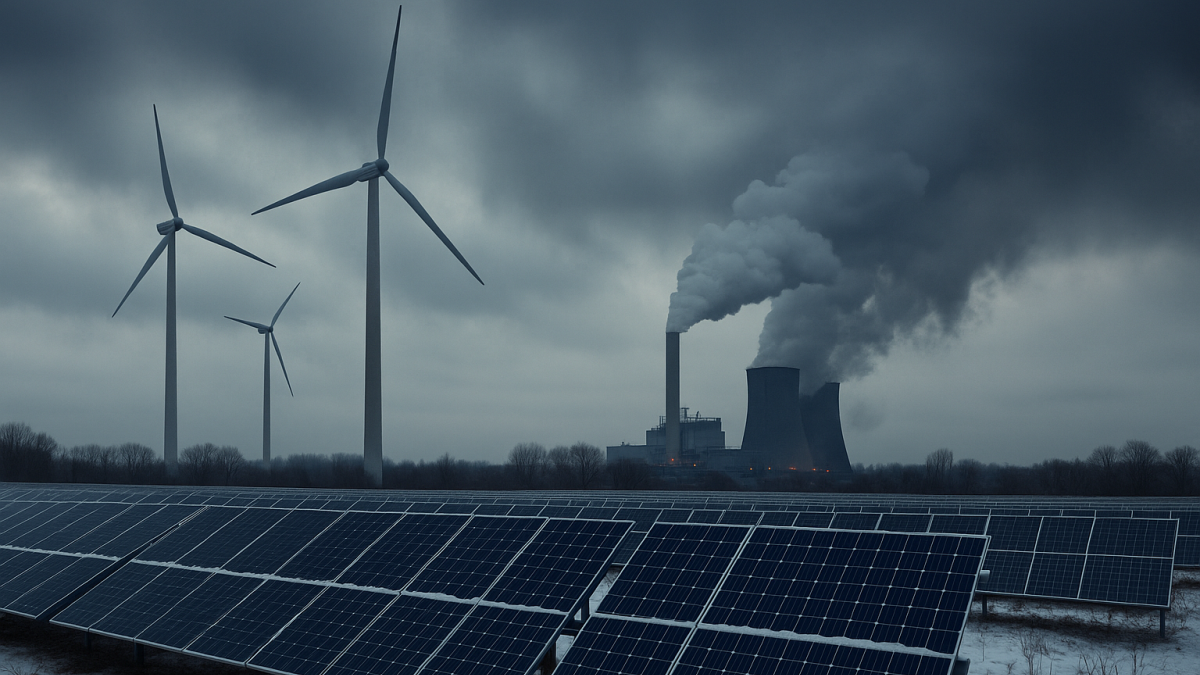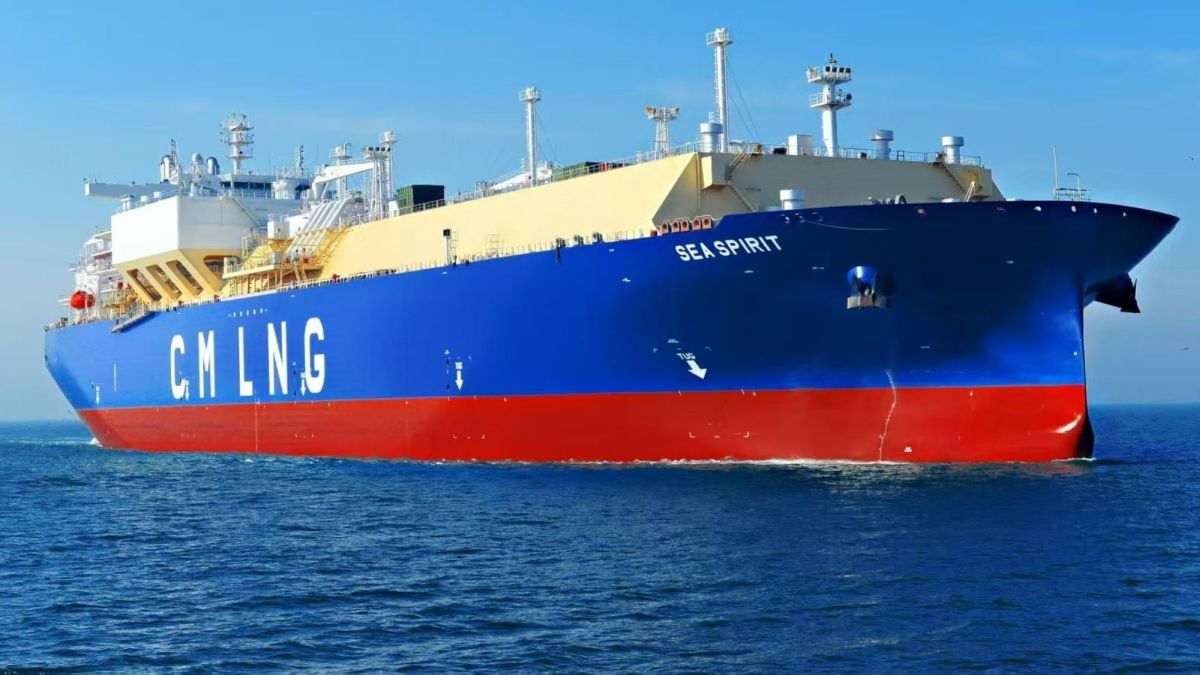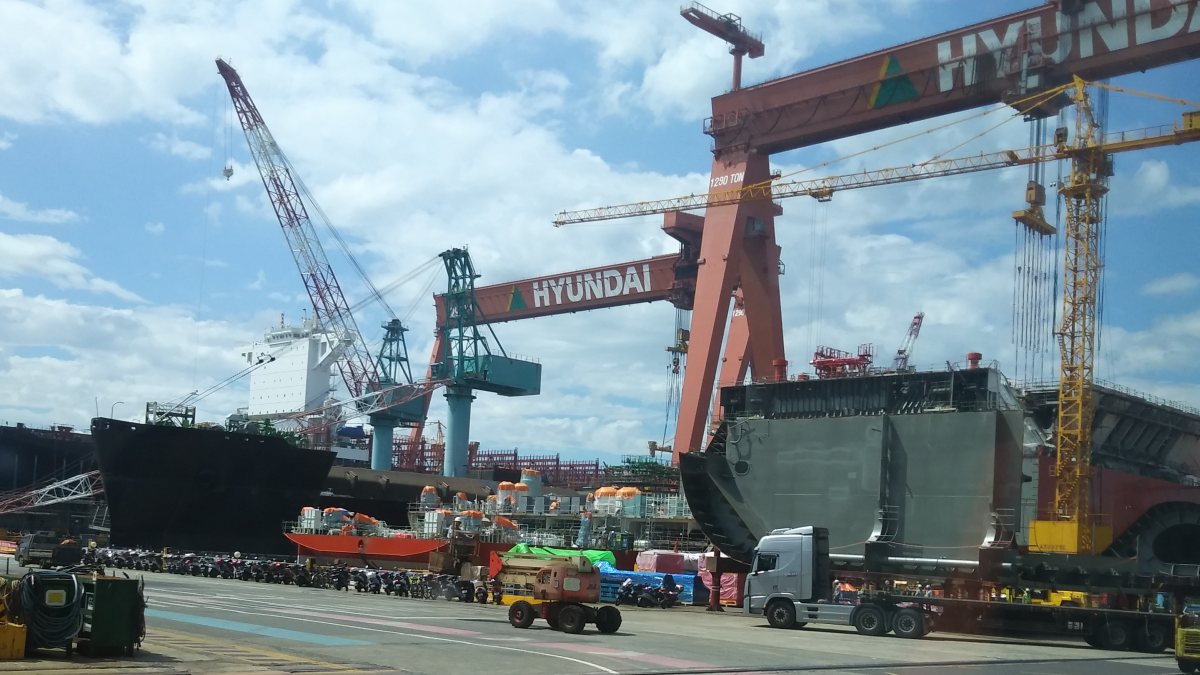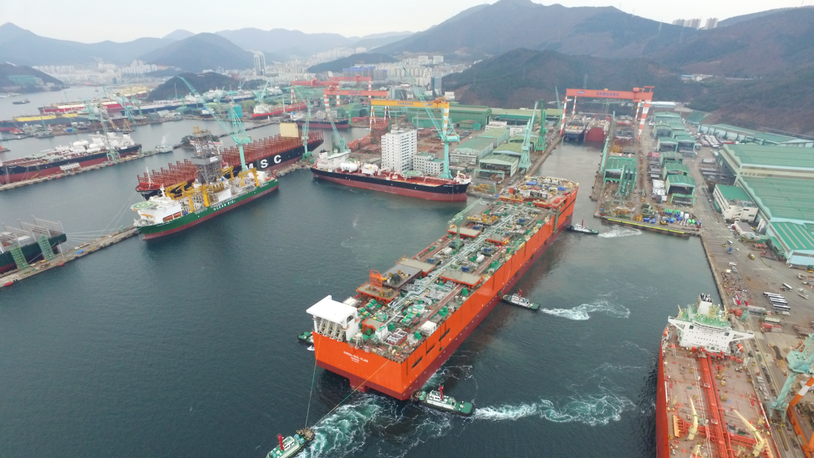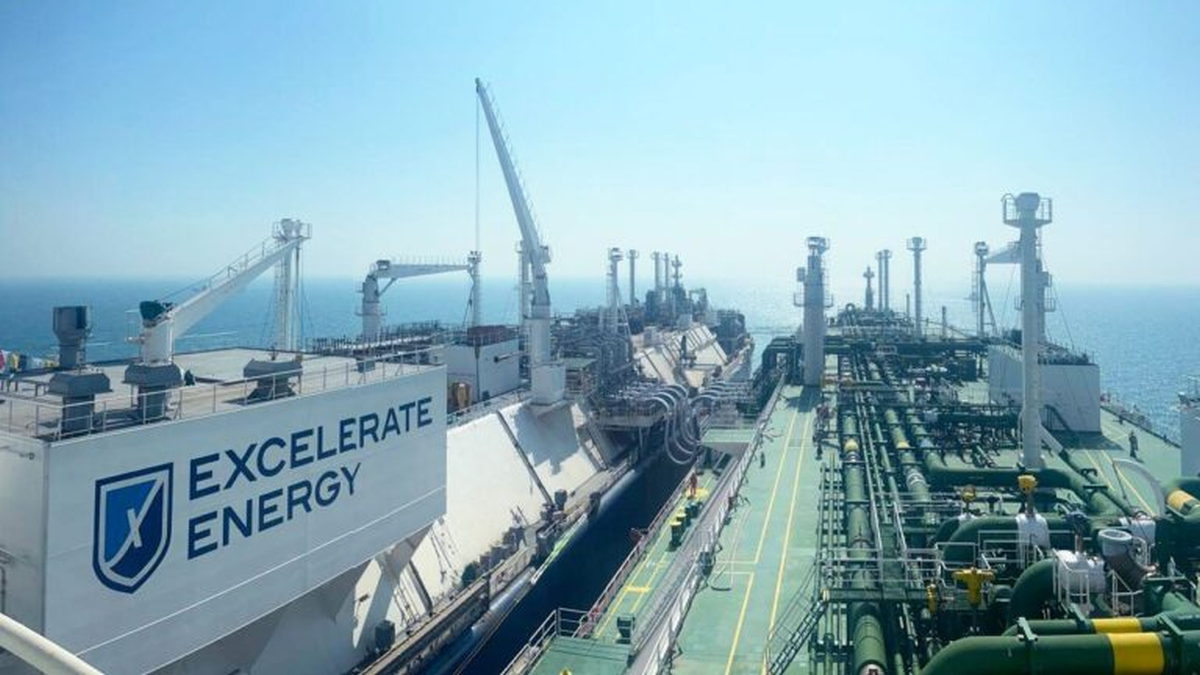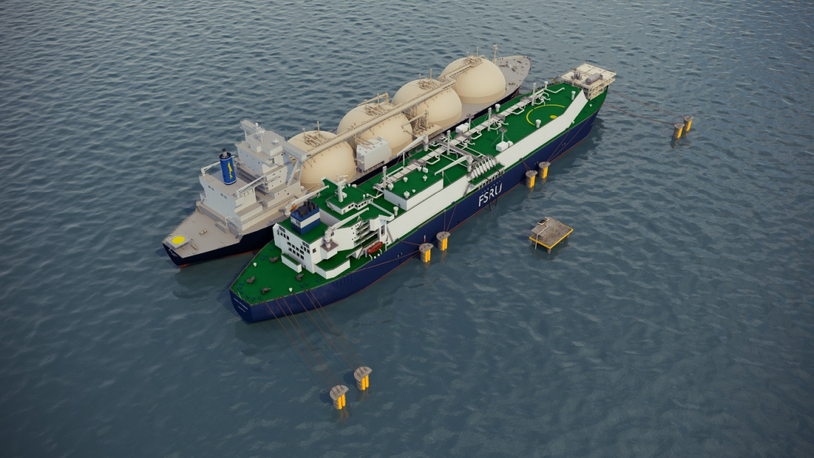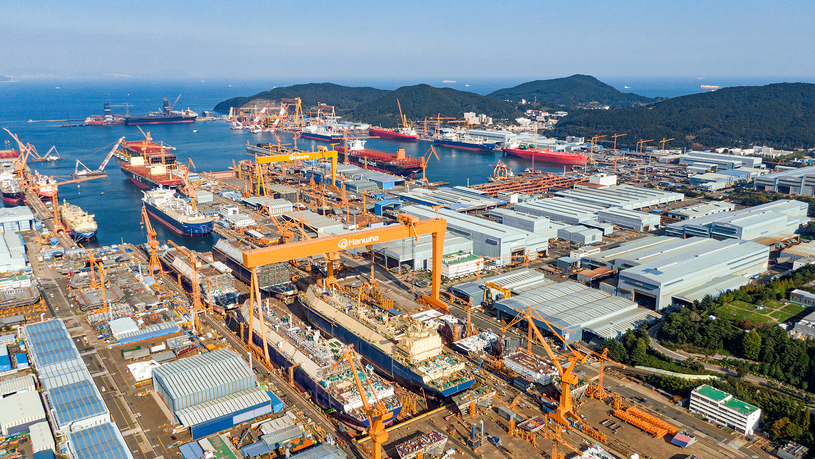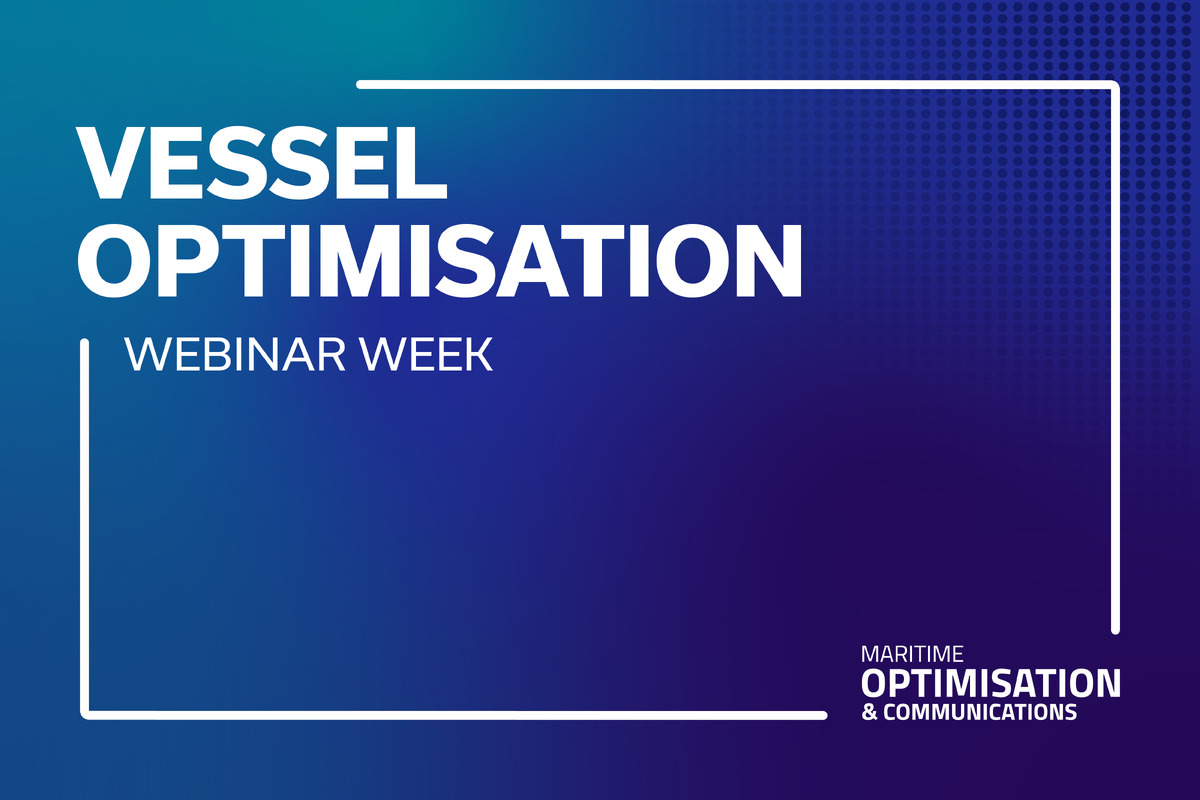Business Sectors
Events
Contents
Floating LNG ratchets up in the Mediterranean
Backed by billions of dollars in EU grants, a new Mediterranean LNG FSRU-based infrastructure is emerging, offering energy security and decarbonisation
Located 14 km offshore Porto Levante in the Adriatic Sea, the Adriatic LNG regasification terminal is one of three import facilities in operation in the country. Operated by Adriatic LNG, the joint venture – owned by ExxonMobil Italiana Gas with a 70% operating interest, Qatar Terminal Company (23%), and Italy’s SNAM – reported record activity in 2019. The terminal received 88 LNG carriers, up 11 year-on-year (y-o-y), and 7.6Bn m3 of natural gas, a jump of 1.1Bn m3 compared to 2018, approaching the terminal’s maximum regasification capacity of 8Bn m3 per year.
The uptick in activity at the terminal reflected a recovery of Italian gas consumption in 2019: total countrywide annual volumes amounted to 73.8Bn m3, increasing 2.3% compared with 2018, driven by the power generation sector.
“If all the projects come to fruition, there will 32 large-, mid- and small-scale LNG terminals in operation in the Mediterranean Sea”
As the second largest gas importer in Europe behind Germany, Italy meets most of its natural gas demand via pipelines from Russia, Algeria and Libya. As its own domestic gas production has slipped, Italy has had to increase its imports of natural gas, reaching over 70.6Bn m3 in 2019.
LNG is a key part of the country’s energy picture, supplying about 9% of Italy’s natural gas demand, making the Adriatic LNG terminal a critical part of the country’s energy infrastructure.
While Italy has been one of the countries hardest hit by Covid-19, the pandemic has not yet impacted LNG carrier calls or gas redelivery at the Adriatic LNG import terminal, according to an Adriatic LNG spokesperson. However, the spokesperson noted that “Adriatic LNG registered a decrease of import volumes in March due to the expiration of a long-term contract back in December 2019, with some effects in March.”

Small-scale LNG at Ravenna
About 80 km south of Porto Levante on Italy’s northeast coast, a new small-scale LNG facility is being constructed by Depositi Italiani GNL at the port of Ravenna that will support the distribution of LNG for heavy vehicle and vessel refuelling. It is one of eight LNG projects in the Mediterranean being developed to advance European policies of energy independence and security – lessening dependence on gas transported by pipeline from Russia. Heavy investment by the European Union in LNG terminal, storage, and pipeline infrastructure also underpins the climate goals of the Paris agreement. If all the projects come to fruition, there will 32 large scale, midscale and small-scale LNG terminals in operation in the Mediterranean Sea, according to Gas Infrastructure Europe (GIE) data. Some €5.85Bn (US$6.4Bn) was made available under the EU’s Connecting Europe Facility (CEF) to fund trans-European energy infrastructure projects such as gas pipelines, transmission grids, LNG terminals, gas storage, and smart grids in 2014 to 2020.
A joint venture between Italian energy producer Edison SpA and Petrolifera Italo Rumena (PIR), which owns a 51% majority stake, Depositi Italiani GNL is investing US$113M in the Ravenna LNG terminal. With expected commissioning in 2021, the facility will have two 10,000-m3 storage tanks and the ability to load LNG onto LNG bunkering barges and tanker trucks. Initial estimates are that 520,000 m3 of LNG would be distributed, 496,000 m3 of which would be by tanker truck and 24,000 m3 by barge.
“The vessel will be one of the first LNG carriers in its size to be equipped with IMO type C bi-lobe cargo tanks”
Edison anticipates transporting LNG from its portfolio using a 30,000-m3 newbuild LNG carrier owned by Norwegian shipowner Knutsen OAS Shipping. The two firms entered into a contract for a 12-year charter, with an option for an additional eight years. Under construction at the Mipo shipyard of South Korea’s Hyundai Heavy Industries (HHI), the LNG carrier will be delivered in H1 2021. Equipped with a high efficiency dual-fuel five-cylinder WinGD X52DF engine and a reliquefaction unit supplied by Wärtsilä, the vessel will be one of the first LNG carriers in its size to be equipped with IMO type C bi-lobe cargo tanks.
Further investments by Edison will see a small-scale LNG terminal built in the Port of Oristano-Santa Giusta on the island of Sardinia. In December, Edison inked a deal with the Sardinian Sea Port System Authority to advance the development of the facility, which would have a capacity of 10,000 m3 LNG storage to support road transport refueling and vessels bunkering.
In 2017, as part of a shift towards funding its renewable energy projects, Edison sold its 100% interest in ITG, owner of the Cavarzere Minerbio gas pipeline, and the 7.3% equity investment in Adriatic LNG to SNAM SpA. The pipeline connects the offshore regas terminal with the SNAM Rete Gas national gas network, transporting about 10% of Italy’s annual gas consumption.
Following its acquisition of a 49.07% stake in OLT Offshore LNG Toscana, SNAM now owns interests in all three of Italy’s LNG import terminals, including full control of Panigaglia LNG, the country’s oldest LNG terminal.
New terminal in Croatia
Among the EU’s European Projects of Common Interest since 2013, the Krk LNG terminal project in Croatia has faced opposition from environmentalists and local interests. Backed as a means of reducing reliance on Russian natural gas, Krk LNG will deliver gas to the Croatian national transmission network, connecting with pipelines in Slovenia, Italy and Hungary, and non-EU member states Serbia and Montenegro.
State-owned LNG Croatia, LLC, jointly owned by Croatian national gas and electricity utility Hrvatska Elektroprivreda (HEP) and national gas transmission operator Plinacro, is the terminal promoter.
Based on an FSRU, the project is being developed with a budget of €233.6M (US$256.2M), more than 40% of which will come from €101.4M (US$111.2M) in EU grants, with another €100M (US$109.4M)from the Croatian government, and €32.2M (US$35.3M) from HEP and Plinacro.
Construction on the onshore part of the terminal, consisting of a jetty with auxiliary facilities and a 4.2 km connecting gas pipeline, began in mid-April 2019, with completion timed to coincide with the arrival of the FSRU Golar Viking in October. Golar LNG is converting the 2005-built LNG carrier Golar Viking at China’s Hudong-Zhonghua shipyard. Once converted, Golar Viking will have a storage capacity of 140,000 m3, a nominal capacity 300,000 m3 of LNG gasification natural gas/hourly, and annual capacity of 2.6Bn m3 of gas. Golar Viking will be able to accommodate LNG carriers with capacities from 3,500 m3 to 265,000 m3, with a minimum transfer rate of 8,000 m3 of LNG/hour. This means that an average LNG carrier of 170,000 m3, will take about 22 hours to load.
“Revenue projections by Croatia estimate a ‘funding gap’ of €193M (US$211.6M) over a 20-year period”
Based on revenue projections reported by the EU, some are questioning if there is enough demand to sustain the LNG terminal when it opens in January 2021. Revenue projections by Croatia estimate a ‘funding gap’ of €193M (US$211.6M) over a 20-year period (2021-2040). Those projections are based on the low level of interest generated during an ‘Open Season’ for project capacity held in 2018. The only bids received during the Open Season were from Croatian oil and gas company INA and HEP, totaling 0.5 bcma, or about 20% of the facility’s 2.6 bcma capacity, about a third of the 1.5 bcma needed for the project to breakeven. One bright spot for the project is that Hungary has reportedly shown an interest in buying a 25% stake in LNG Croatia. Other demand could come from Austria, Czech Republic, Slovakia and Serbia.
LNG Croatia also has a new managing director at its helm, following the departure of Barbara Doric, who secured a seat on the management board of INA-Industrija nafte. Ms Doric had been with the project since April 2018. The new MD, Hrvoje Krhen, joined LNG Croatia as a technical director in January, after spending 10 years at Plinacro.
FSRU-based terminal in Cyprus
EU funding is also behind a new FSRU-based LNG import project at Vasilikos Bay in Cyprus. Meant to lessen the island nation’s dependence on heavy fuel oil and petroleum products for power generation, the LNG import terminal will regasify the cryogenic cargo and transport it through a jetty-borne and onshore pipeline to EAC’s Vasilikos Power Station.
The main components of the project are an FSRU, jetty, gas pipeline, ship-to-shore marine loading arms and a fire-protection system. It is designed to accommodate LNG carriers with capacities of 120,000 to 217,000 m3.
An application is under consideration at the European Bank for Reconstruction and Development for a €100M (US$110M) loan for the Natural Gas Infrastructure Company of Cyprus (ETYFA), which is owned by Natural Gas Public Company of Cyprus (DEFA) and the Electricity Authority of Cyprus (EAC).
A multinational consortium led by the state-owned China Petroleum Pipeline Engineering, a unit of CNPC, has been awarded a contract for the construction of the LNG import terminal. Other consortium members are CPP, Metron Energy Applications, Wilhelmsen Ship Management and Hudong-Zhonghua Shipbuilding.
Under the contract, valued at €500M ($571.7M), the consortium will procure an FSRU of at least 125 000 m3 storage capacity. The project is co-financed by the EU through the CEF.
Separately, Höegh LNG Ltd, a subsidiary of Oslo-listed Höegh LNG Holdings Ltd, has applied for an LNG infrastructure ownership, operations and development license in Cyprus.
Using one of Höegh LNG’s FSRUs as a ‘fast-track solution’, Cyprus will provide bulk breaking cargo and deliver LNG to other customers in the Mediterranean.
Höegh LNG is working with Cypriot partners VTT Vasiliko Ltd and H4E GasFuel Ltd on the development. VTTV owns an existing jetty in the Vasilikos Port, near the country’s power plants, that can be adapted for the FSRU terminal. Subject to the license being granted, Höegh LNG expects to be able to start LNG import operations during H1 2021.
The effort, says Höegh LNG president and chief executive Sveinung J. S. Støhle, is aimed at securing new FSRU contracts for its assets.
New LNG import terminal for Greece
Also on the EU list of Projects of Common Interest, the Alexandroupolis LNG project is backed by Greek LNG shipowner GasLog Ltd, which has a 20% interest in developer Gastrade. GasLog plans to convert one of its tri-fuel, diesel-electric (TFDE) LNG carriers, each with a capacity of 155,000 m3, into an FSRU for the project. The FSRU will have a nominal regasification and send-out capacity of 5.5 bcm per year and a peak technical regasification and send-out capacity of 22.8 mcm per day.
In March, Gastrade reported that the binding phase for the market test of the new floating terminal at Alexandroupolis was completed with ‘great success’, with binding offers for up to 15 years, reaching 2.6 bcm per year. LNG delivered at the terminal will be regasified and transmitted to markets in Greece and southeast Europe via the Greek National Natural Gas Transmission System (NNGTS).
With commercial operation expected in Q3 2022, Alexandroupolis LNG floating terminal will be moored 17.6 km offshore northeastern Greece, where it will connect to a gas transmission pipeline to the NNGTS. Final gas consumers will be in Greece, Bulgaria, Serbia, North Macedonia, Romania, Turkey, Moldova, Ukraine and Hungary.
Turkey adds new FSRU
Seventh in the world in terms of LNG imports, Turkey has four operational LNG receiving terminals, with plans for expanding two and the addition of an FSRU terminal at the Gulf of Saros. One of the country’s floating terminals is the MOL FSRU Challenger, the world’s largest FSRU, with a capacity of 263,000 m3. Chartered by Turkish state gas grid operator Botas from Japanese owner Mitsui OSK Lines (MOL), MOL FSRU Challenger has a regas discharge capacity of 540 mcmd and operates as the Botas-Dortyol FSRU terminal at a port in Dortyol, Hatay, on Turkey’s Mediterranean coast.
In July, Turkey replaced its first FSRU with Turquoise P, a 166,631-m3 capacity vessel built by HHI in 2019 and managed by Wilhelmsen Ship Management.
Related to this Story
Events
Offshore Support Journal Conference, Americas 2025
LNG Shipping & Terminals Conference 2025
Vessel Optimisation Webinar Week
© 2024 Riviera Maritime Media Ltd.
